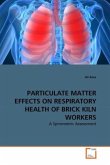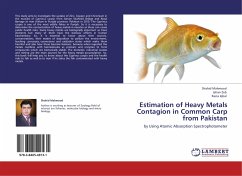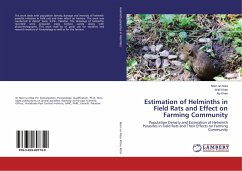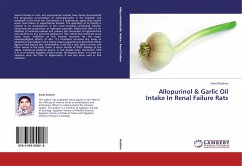Forage mass is required to estimate important
attributes in grazing studies, e.g., total amount of
available nutrients, effect of management practices
on the pastures, crop growth rate, and forage
production, utilization, and degradation. Dry matter
intake and digestibility represent the most important
and useful estimates of the forage nutritive value.
Unfortunately, in trials under grazing conditions,
forage mass is difficult to measure because the crop
cannot be harvested without affecting both animal and
pasture performance. Likewise, the actual feed intakeand nutritive value of the forage consumed are also
unknown. In this work, the author reports results
from different methods to estimate forage mass of
tall fescue (Festuca arundinacea, Schreb) pastures,
and dry matter intake, fecal output and digestibility
in beef steers under indoors and grazing conditions.
Anybody related to animal production under grazing
conditions could benefit by reading this essay.
attributes in grazing studies, e.g., total amount of
available nutrients, effect of management practices
on the pastures, crop growth rate, and forage
production, utilization, and degradation. Dry matter
intake and digestibility represent the most important
and useful estimates of the forage nutritive value.
Unfortunately, in trials under grazing conditions,
forage mass is difficult to measure because the crop
cannot be harvested without affecting both animal and
pasture performance. Likewise, the actual feed intakeand nutritive value of the forage consumed are also
unknown. In this work, the author reports results
from different methods to estimate forage mass of
tall fescue (Festuca arundinacea, Schreb) pastures,
and dry matter intake, fecal output and digestibility
in beef steers under indoors and grazing conditions.
Anybody related to animal production under grazing
conditions could benefit by reading this essay.








